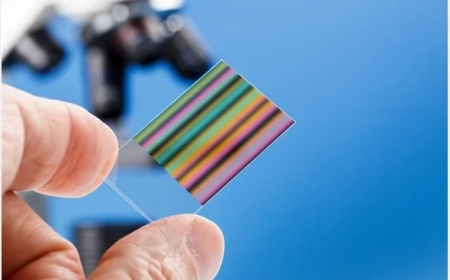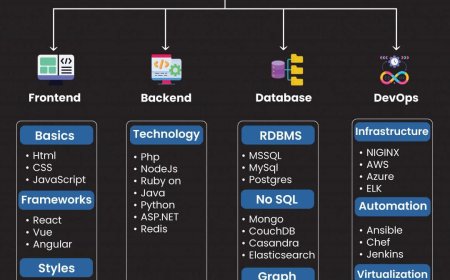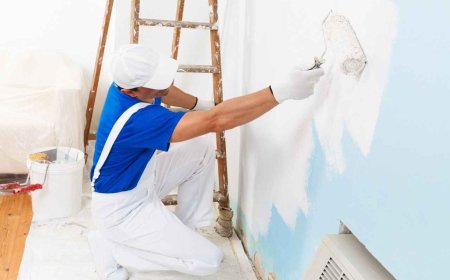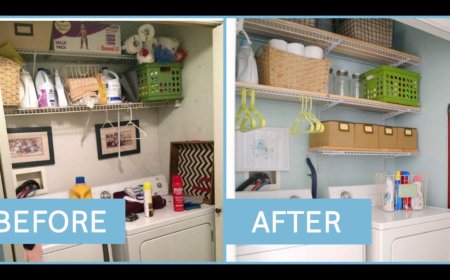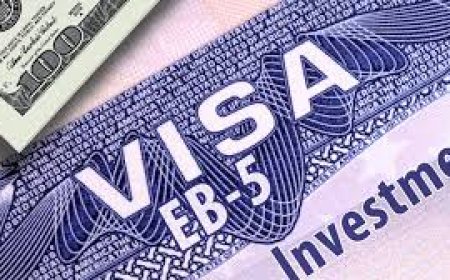How Can You Easily Secure Student Visas for USA Today?

The United States is home to many of the worlds top universities, attracting thousands of students from around the globe each year. If youre dreaming of pursuing higher education in the U.S., one of the first and most important steps is securing a student visa. Applying for student visas for USA may seem like a long and complex process, but with the right guidance and preparation, it becomes much easier than you think. This guide is written in a friendly and easy-to-understand tone to help you navigate your way with clarity and confidence.
Understanding Student Visas for USA
Student visas for USA are non-immigrant visas that allow international students to study legally in the United States. There are two main types:
-
F-1 Visa: This is the most common visa issued for students who plan to attend academic institutions like colleges, universities, high schools, and English language programs.
-
M-1 Visa: This is for students planning to attend vocational or technical schools.
Most international students going for degree programs at universities will apply for an F-1 visa.
Step 1: Get Admission from a SEVP-Approved School
Before you can apply for a visa, you need to be accepted by a school certified under the Student and Exchange Visitor Program (SEVP). Once you're accepted, the school will send you an important form called the I-20. This form includes details like your student status, program length, and the estimated cost of your education and living expenses.
Step 2: Pay the SEVIS Fee
The SEVIS (Student and Exchange Visitor Information System) is a system that tracks students in the U.S. After receiving your I-20, you must pay the I-901 SEVIS fee. This payment is mandatory and must be completed before you apply for your visa. Once paid, keep a copy of your receiptit will be needed for your visa interview.
Step 3: Fill Out the DS-160 Form Online
The next step is to fill out the DS-160, which is the official non-immigrant visa application form. This form collects all your personal and travel information. After submitting it online, youll receive a confirmation page with a barcode. Print this confirmationit will be required when attending your interview.
Step 4: Schedule Your Visa Interview
You must schedule an appointment at the U.S. Embassy or Consulate in your home country. It's a good idea to schedule your interview as early as possible since wait times can vary. You can apply for your visa as early as 120 days before your course starts, and you can enter the U.S. no earlier than 30 days before your program begins.
Step 5: Gather All Required Documents
To attend your visa interview, youll need to prepare several important documents:
-
A valid passport (valid at least six months beyond your intended stay in the U.S.)
-
Form I-20 issued by your U.S. school
-
DS-160 confirmation page
-
Visa appointment confirmation
-
SEVIS fee payment receipt
-
Passport-size photo that meets U.S. guidelines
-
Academic transcripts, test scores (like TOEFL, IELTS, SAT, GRE)
-
Proof of financial support (such as bank statements, scholarships, sponsor letters)
Make sure all your documents are neat, clear, and ready for presentation.
Step 6: Attend the Visa Interview
This step can feel nerve-wracking, but its usually short and straightforward. During your interview, the consular officer will ask you questions to determine if you're a genuine student and if you plan to return to your home country after your studies. You may be asked:
-
Why did you choose this university or program?
-
Who is financing your education?
-
What are your career plans after graduation?
Be honest and confident in your answers. It helps to practice common questions beforehand so youre not caught off-guard.
Step 7: Visa Approval and Passport Return
If your visa is approved, the officer will keep your passport to place the visa inside it. Youll get your passport back after a few days or weeks, depending on your countrys processing times. Always check the visa to make sure your name and details are correct.
If your visa is denied, you will be told the reason. Sometimes, its because of missing information, financial concerns, or unclear plans. You can usually reapply if you address the issue.
After Receiving Your Visa
With the visa in hand, you can now prepare to enter the United States. You are allowed to arrive up to 30 days before your course begins. At the airport, youll go through U.S. Customs and Border Protection (CBP), where the officer may ask you to show your visa, passport, and I-20. After a short check, youll receive an I-94 arrival record which confirms your legal entry.
Staying in Compliance with Your Student Visa
Once youre in the U.S., its very important to follow the rules of your student visa:
-
Remain enrolled full-time at your school
-
Attend all classes and maintain good academic progress
-
Inform your school of any address change
-
Do not work off-campus without official authorization
-
Renew your passport and visa if theyre close to expiration
Breaking any of these rules can lead to the loss of your visa status and even removal from the U.S., so always stay updated with your schools international student office.
Can You Work with a Student Visa?
Yes, but there are restrictions. Students with an F-1 visa can:
-
Work on-campus for up to 20 hours a week during the school year and full-time during vacations
-
Apply for Curricular Practical Training (CPT) for internships or jobs related to your course
-
Apply for Optional Practical Training (OPT) after graduation, allowing you to work for up to 12 months in your field of study (STEM students may get an additional 24-month extension)
Always get written approval before starting any job.
Can Your Family Come with You?
Yes, if you are issued an F-1 visa, your spouse and children under 21 years old can apply for an F-2 visa. However, F-2 dependents cannot work in the U.S., and spouses are not allowed to enroll in full-time degree programs. Children can attend elementary and secondary school.
What Happens After Graduation?
When your program ends, you have a 60-day grace period to prepare to leave the U.S., apply for OPT, transfer to another program, or apply for a different visa type. If you plan to stay longer for work or residency, make sure to explore your options early so you stay within legal timelines.
Final Thoughts
Getting student visas for USA is your gateway to a life-changing academic experience. While the process may seem stressful, taking one step at a time makes it far more manageable. Start by applying to the right school, keep your documents organized, and be prepared for your interview. Once your visa is approved, an exciting journey beginsfull of learning, discovery, and growth.
Always remember, this visa isnt just a stamp on your passportits a ticket to new friendships, new opportunities, and a future full of possibilities. So, prepare with care, stay informed, and take that first confident step toward your dream education in the United States.





